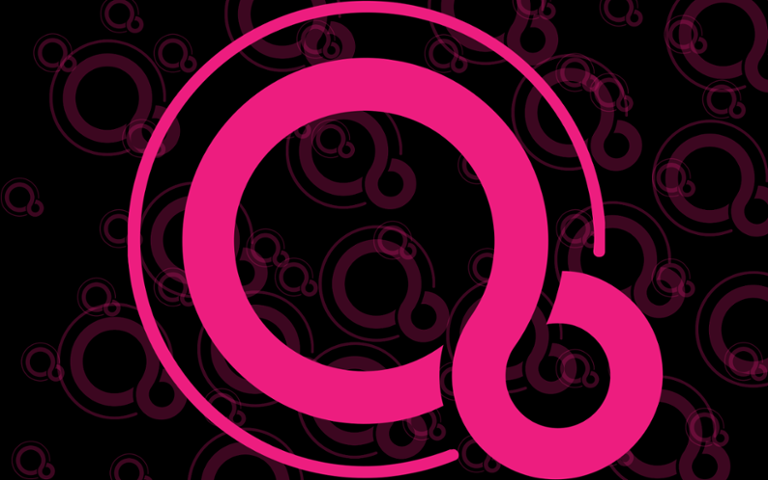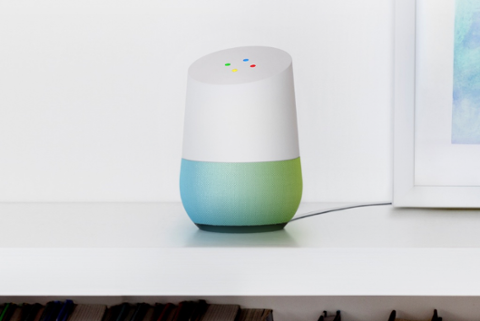milestone-1011, which tells us it’s trying in earnest to get a barebones version of Fuchsia ready soon. Ars Technica speculates that Google used Cast in lieu of Android Things because the Google Home Hub has weaker hardware than most Android Things devices. This also means the Home Hub is not truly native, underscored by the fact that Home Hubs at Google’s event were in ‘demo mode.’ Nobody was given a glimpse at how we’d interact with the hardware, beyond voice controls asking for recipes or the weather. Rather than the Android-killer reports indicated, our earliest experience with Fuchsia (and perhaps only) will likely be a smart home hub. In July, a Bloomberg report indicated Fuchsia was built with privacy in mind; the Home Hub doesn’t have a camera for video chatting, which Google says was done so users would feel “comfortable” with it in their home. It seems Fuchsia and Home Hub may be a soak test to see if Google fans are happier with a less-invasive experience, and, if so, how Google can monetize that. Google's Fuchsia Almost Ready as Home Hub Launch Looms
Remember Google Fuchsia, the grab-bag language many thought was being positioned as an Android replacement? It’s back, and causing more confusion than ever. We’ll rewind to Google’s recent event, where it launched new Pixel phones, a ‘Pixel Book’ Surface clone, and the Home Hub. The Hub, which serves as a smart home's home base, is where Fuchsia comes into play. Within the Fuchsia source code is mention of an Amlogic chipset, which was always curious because Android typically uses Qualcomm Snapdragon processors. Speaking with Ars Technica, Google's Vice President of Product Management, Diya Jolly, confirmed the Home Hub is running an Amlogic chip. (Ars also covered some of the Hub's grittier hardware details, such as the 1GB RAM and smaller-than-expected 7-inch display. There are no available specs for the screen, but it’s not being billed as one you’d want to watch a movie on, so we’d have to assume it’s low resolution; tech site What Hi-Fi? says the screen checks in at 1024x600.) From there, 9to5Google poked through the Fuchsia code and found mention of two devices: "Astro" and "Estelle." Although earlier rumors suggested that "Astro" had an Amlogic chipset and 7-inch screen, sources speaking to 9to5Google said that "Estelle" is in fact the Google Home Hub. In other words, "Astro" was likely a design spec for "Estelle," which is the actual reference device. But the Google Home Hub, née "Estelle," is not running Fuchsia. Yet. Jolly told Ars Technica the Home Hub runs on the Google Cast platform, which is typically utilized for displaying mobile content on your TV via Chromecast or streaming audio to a proper home stereo. Developers aren’t welcome to the Home Hub yet. When asked why the Google Home Hub runs Cast rather than Android, Jolly said: “There's no particular reason. We just felt we could bring the experience to bear with Cast, and the experiences are the same. We would have easily given the third-parties Cast if they wanted it, but I think most developers are comfortable using Android Things.” In any case, it seems Fuchsia isn’t quite ready for prime time. As 9to5Google notes, Google has curated a list of pull requests into a branch dubbed



